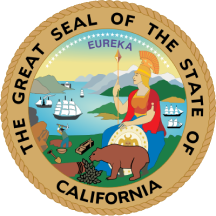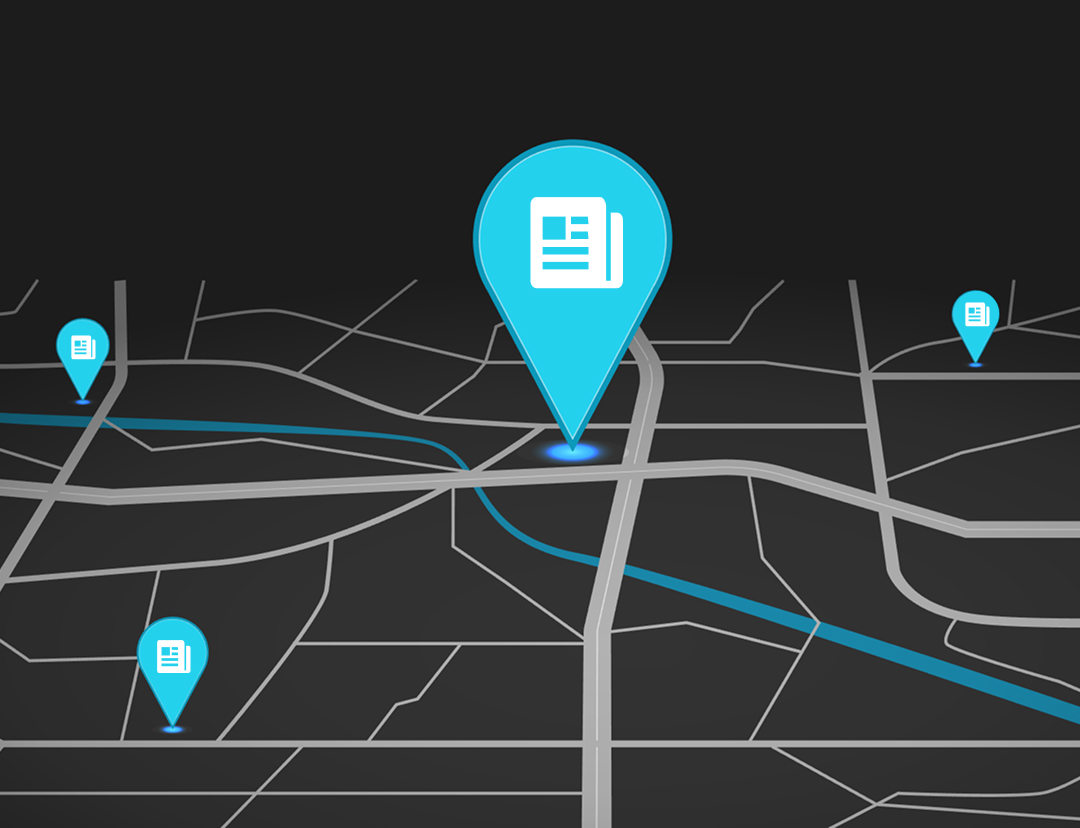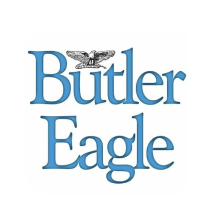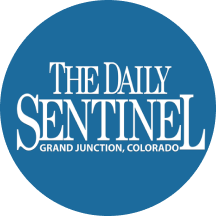SACRAMENTO, Calif. — California's high-speed rail project, which has faced numerous delays, is projected to begin operations in the Central Valley by 2032. However, the project still lacks sufficient funding to extend north to the San Francisco Bay Area and south to Los Angeles, according to a report released by officials on Friday.
The estimated cost to construct the rail line between Gilroy, located about 80 miles southeast of San Francisco, and Palmdale, approximately 37 miles north of Los Angeles, is around $87 billion. This segment is expected to be operational by 2038.
Ian Choudri, CEO of the High-Speed Rail Authority, expressed optimism in the report, stating, "While challenges remain, so too does the potential to deliver a modern transportation system worthy of the state’s ambitions — one that reflects the scale, complexity, and promise of California itself. Let’s go build it."
The project aims to connect riders across nearly 500 miles between San Francisco and Los Angeles. When voters approved a bond measure in 2008 to fund a third of the project, the estimated cost was $33 billion, with an expected completion date of 2020. Current estimates suggest the total cost could rise to as much as $128 billion, with an updated financial report expected next year.
Currently, 119 miles of construction is underway in the Central Valley. However, the state must make significant progress to connect to larger population centers and secure stable funding sources to attract private investors. The authority has recently engaged with 31 potential private investors who have shown interest in the project.
A 171-mile section of the rail line between Merced and Bakersfield is projected to cost nearly $37 billion. This figure has increased slightly from previous estimates, but the authority noted that it would have reached $51 billion without recent cost-saving measures.
To date, the project has received nearly $24 billion in funding, primarily from state sources, including a voter-approved bond and the state’s cap-and-trade program. The federal government has also contributed funding. However, the Trump administration announced in July that it would withdraw $4 billion in funding, prompting the authority to file a lawsuit to restore the funds.
As of May this year, the authority has spent about $14 billion on the project. Construction in the Central Valley has resulted in the completion of numerous structures, including viaducts, underpasses, and overpasses, along with 70 miles of guideway.
Critics, including former President Donald Trump and Transportation Secretary Sean Duffy, have labeled the project a "train to nowhere." Trump stated on social media in July, "The Railroad we were promised still does not exist, and never will. This project was Severely Overpriced, Overregulated, and NEVER DELIVERED."
In response to the funding challenges, Democratic Governor Gavin Newsom is advocating for lawmakers to extend the state's cap-and-trade program through 2045, ensuring that high-speed rail receives $1 billion annually from it. The cap-and-trade program is set to expire at the end of 2030.

 Local News in California
Local News in California

 Butler Eagle
Butler Eagle Santa Maria Times Local
Santa Maria Times Local The Daily Sentinel
The Daily Sentinel Just Jared
Just Jared Bozeman Daily Chronicle Sports
Bozeman Daily Chronicle Sports Reuters US Domestic
Reuters US Domestic Raw Story
Raw Story Fox 11 Los Angeles Sports
Fox 11 Los Angeles Sports New York Post
New York Post